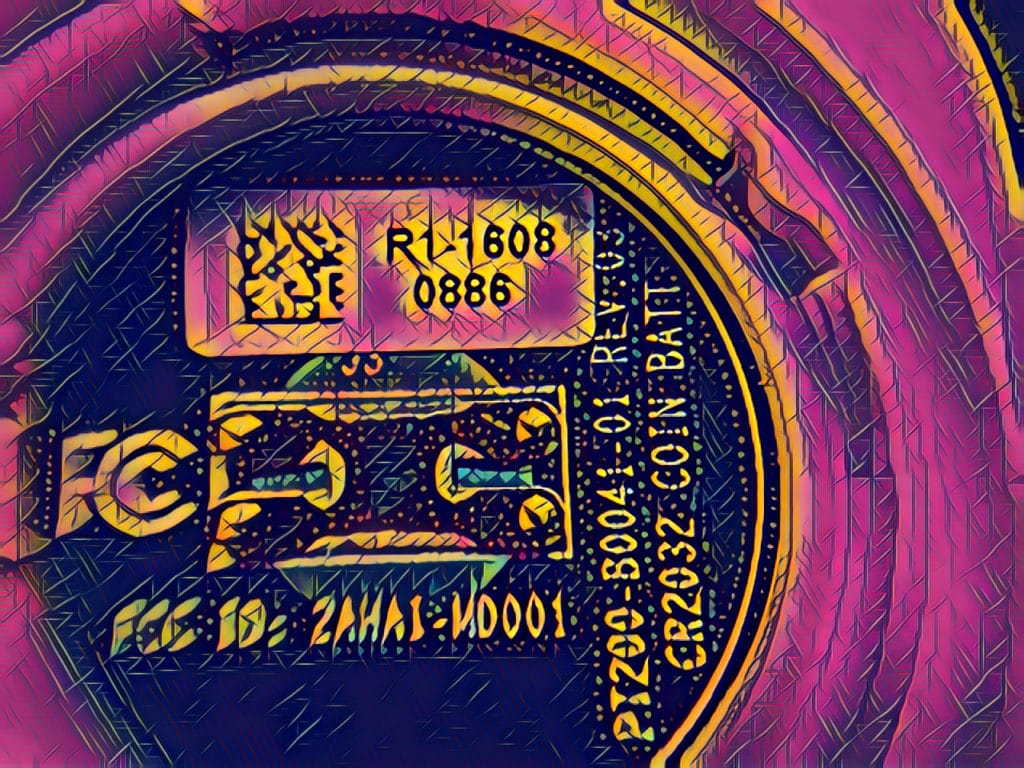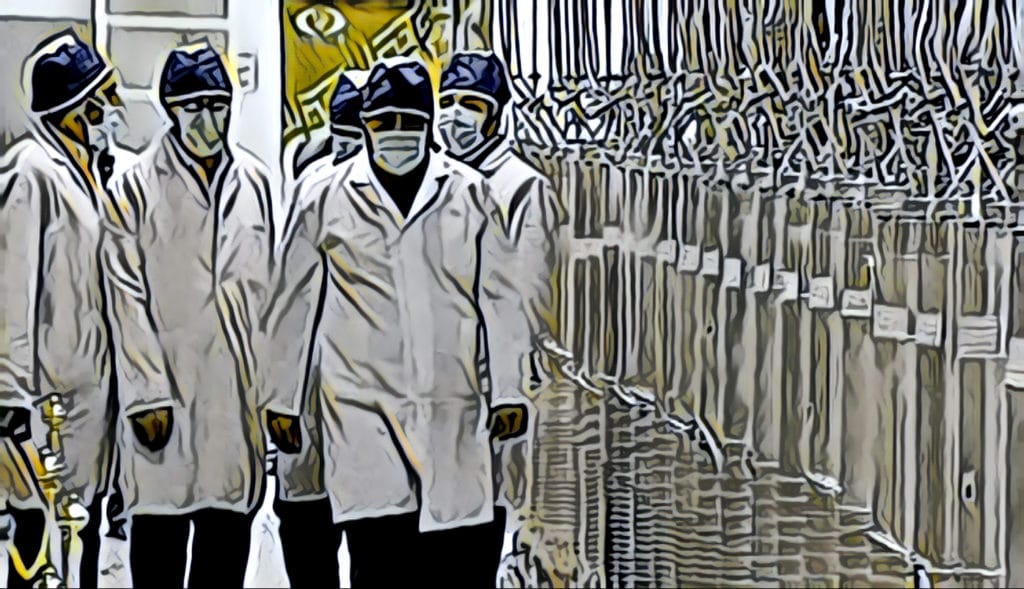In this week’s episode of The Security Ledger Podcast (#86) we speak with Dr. Kevin Fu of the University of Michigan about research he conducted that casts doubts on reports of mysterious acoustic attacks on US embassy employees in Havana, Cuba. Also: Chip Block of Evolver talks about the Securities and Exchange Commission’s expanded cyber security guidance. And finally: thousands of radiologic sensors were deployed in the U.S. following the attacks of September 11 2001. We’ll look at new efforts to secure those systems from cyber attack.
networking
IoT Security’s Known Unknowns | Network World
As Internet of Things devices proliferate, it’s more important to discover how many and what kind are on your network and figure out how to make them secure. Editor’s Note: this article first appeared on Network World. You can read the article here at Network World Insider.
Episode 81: Hacking IoT with Physics, Poor Grades for Safety Wearables and Peak Ransomware
In this week’s podcast: researcher Kevin Fu of University of Michigan discusses his work on attacks that use physics to manipulate connected devices. Also: Mark Loveless of DUO discusses his research into how poor implementation of wireless protocols make personal security trackers a privacy risk. And have we seen peak ransomware? Adam Kujawa of the firm Malwarebytes joins us to talk about the findings of that company’s State of Malware Report.
WeChat set to become China’s official electronic ID | Security Affairs
Officials in the Nansha District of Guangzhou, China plan to allow citizens to use the WeChat social networking application as a form of official identification for access government and private sector services, Security Affairs reports.
Researchers use radio to jump air gapped industrial control systems
Researchers at CyberX say they have found a way to sneak sensitive data off of industrial control system networks using radio frequency communications. The attack could be used to compromise so-called “air gapped” networks that are not connected to the Internet.





